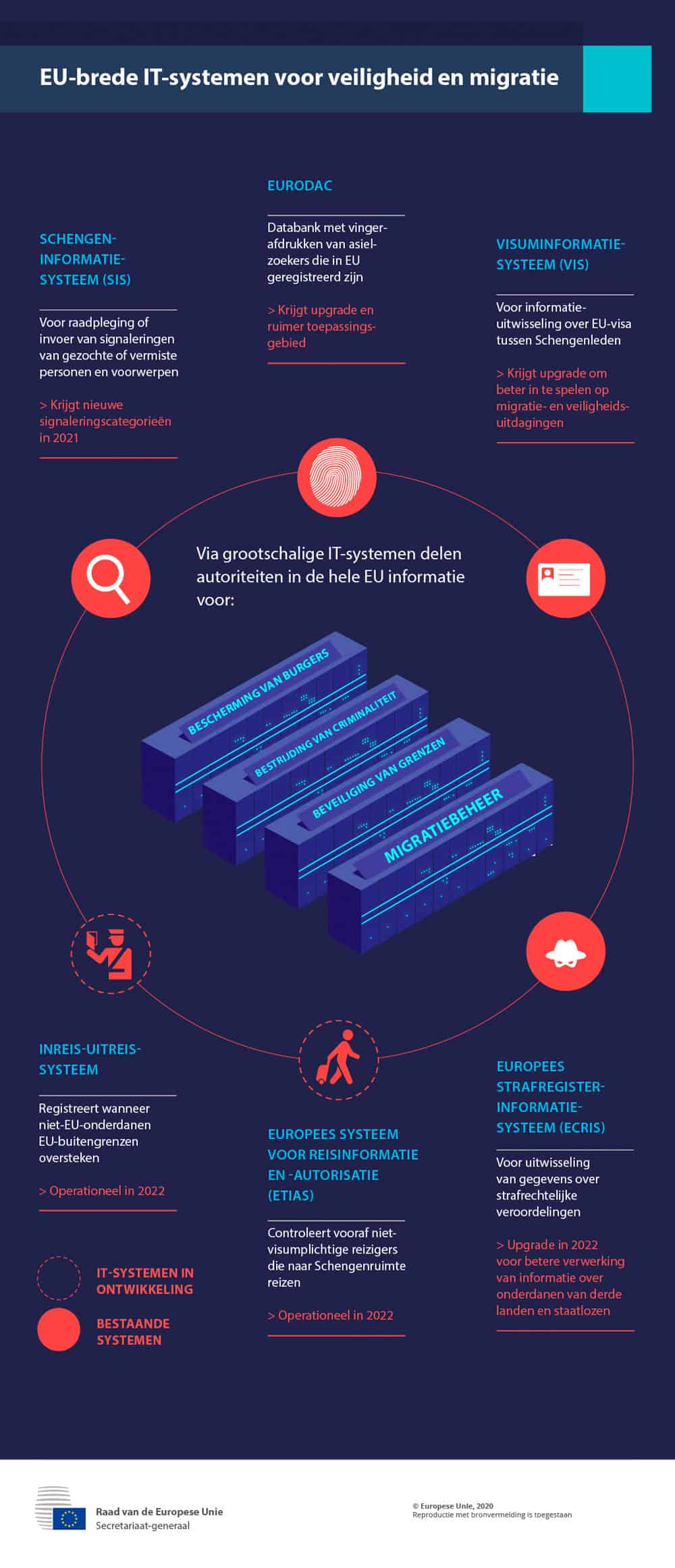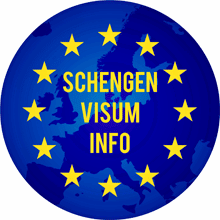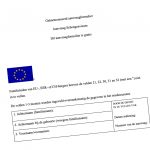Governments across the EU exchange information through large-scale IT systems to protect citizens in Europe, fight crime and secure borders. The EU has set up these IT systems and is currently working on improving them and setting up new IT systems.
For the issuance of Schengen visas three systems are important:
- Schengen Information System (SIS)
- Visa Information System (VIS)
- Entry-Exit System
Ordered before visa-exempt travelers to the Schengen area the European Travel Information and Authorization System (ETIAS) will play an important role from 2022.
Schengen Information System (SIS)
Authorities across the EU use the Schengen Information System (SIS) to enter or consult alerts of wanted or missing persons and objects. The authorities consulted the system, which contains more than 80 million alerts, more than 2017 billion times in 5.
The SIS also contains instructions to authorities about how they can react when a person or object is encountered, such as:
- the arrest of a wanted person
- the protection of a vulnerable missing person
- the seizure of an illegal or stolen object
In December 2016, the Commission presented proposals to strengthening of the SIS. The aim is to upgrade the system and introduce new categories of alerts.
The Council adopted the Commission proposals in November 2018 formally adopted. The upgraded Schengen Information System is expected to be available in 2021 have been fully entered.
- Schengen Information System: Council adopts new rules for a more secure EU (press release, 19/11/2018)
- Schengen Information System (European Commission)
Visa Information System (VIS)
The Visa Information System, which has been operational since 2011, is a database that contains the procedure for short stay visas facilitated.
This system assists visa, border, asylum and migration authorities in the control of third-country nationals who require a short-stay visa to travel to the Schengen area. Authorities can use the VIS for biometric matching to identify individuals and prevent identity theft or fraud.
Due to changing migration and security challenges, the EU is working to improve the system. Goals are:
- the procedure for short-stay visas even safer to make
- long-stay visas and residence permits in the same database
- interoperability between the VIS and other relevant EU systems and databases
On 8 December 2020, the Council and the European Parliament reached a provisional agreement on the main elements of the new VIS Regulation.
Entry-Exit System
The Council adopted the Regulation for an Entry/Exit System in November 2017.
In this system, the data on entry, exit and refusal of entry of non-EU nationals crossing the external borders of the Schengen area are registered.
The entry/exit system will contribute to:
- faster and better border controls by automatically calculating each traveller's length of stay
- a systematic and reliable one identification of length of stay overstayers
- greater internal security and combating terrorism and other serious crime more effectively by giving law enforcement authorities access to travel history data
The new system will be built by eu-LISA, in collaboration with the Member States, and is expected to in use by 2022 at the latest can be taken.
- Entry/exit system: final adoption by the Council (press release, 20/11/2017)
- Factsheet on the Entry/Exit System (European Commission)
European Travel Information and Authorization System (ETIAS)
The Council has adopted the regulation European Travel Information and Authorization System (ETIAS) was established on September 5, 2018.
The ETIAS will be used to pre-checks on visa-exempt travelers and, if necessary, to refuse them a travel authorization. It will not differ much from the existing systems in the US, Canada and Australia, among others.
The Etias will be numerous benefits offer, including:
- better homeland security
- better prevention of illegal migration
- fewer risks to public health and fewer delays at border crossings
Eu-LISA will develop the ETIAS. This EU agency manages large-scale IT systems in the area of freedom, security and justice. The aim is to enter the Etias appearance 2022 to be able to use.
- Factsheet on the ETIAS (European Commission)
- European Travel Information and Authorization System (ETIAS): Council adopts regulation (press release, 05/09/2018)
Source: Consilium.europa.eu – article posted on 21-03-2021










